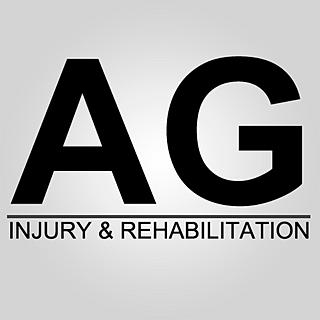Stretching your "tight" muscles might be doing damage!
- Arun Gray
- Oct 5, 2018
- 2 min read

What's the first thing you do when you're feeling tight? Stretch? We've all done it! Well what if I was to tell you, you might be doing more damage than good?
Perceived tightness of muscles is usually a sign of one of two things: over-contracted muscles or under-contracted muscles. That might not make much sense for now... but bear with me.
All muscles work in pairs. Where one muscle contracts (the agonist), the other relaxes (the antagonist). I'm going to use the hamstrings and quadriceps to explain things. So when the quad contract, the hamstrings relax and that produces knee extension - where your leg straightens. If you flip it the other way, to bend the knee your hamstrings must contact while your quad's relax.
So, going back to contracted muscles and tightness; as I said, the muscle may be over or under working and still feel "tight".

Over contracted muscles
When your muscles are over contracted, they are contracted slightly at rest and are therefore shortened. So again using the hamstrings to explain.. they will be trying to contract (as if bending the knee). This is traditionally what you might perceive as "tight". It could be caused by over use, fatigue, lack of flexibility or weakness of the opposing muscle(s) - in this case the quads. You can usually work this out from wether it's an acute or chronic issue and looking at your training/activity history.
In this case, stretching the tight muscles may help improve your symptoms.
Under contracted muscles
As suggested by the name, this is where the muscles aren't contracting and become lengthened. This time, the hamstrings may feel tight as they are under tension as the quad's are contracting at a stronger force, so this time the knee is naturally leaning more towards straightening. Now, thinking about the muscle itself and considering the effects stretching have, it may become clear how stretching may actually damage these muscles.
Imagine your muscles as an elastic band. If it is tense and stretched already and you stretch it, it's probably not going to end well! In this case, it would be best to actually strengthen these muscles and stretch the opposing muscles. So for this example you'd be strengthen the hamstrings to take some load off the quads and stretch the quads to reduce tension.
Tight muscles can effect your body in more areas than just where the tightness is. Tight hamstrings/quadriceps may alter the positioning of your pelvis, having knock on effects to your posture - one of the main causes of lower back pain!

As always, it's best to get the advice of a qualified therapist if you're struggling with "tightness" so you can perform the correct exercises and improve your symptoms more efficiently! Contact me to arrange an assessment today.






Comments